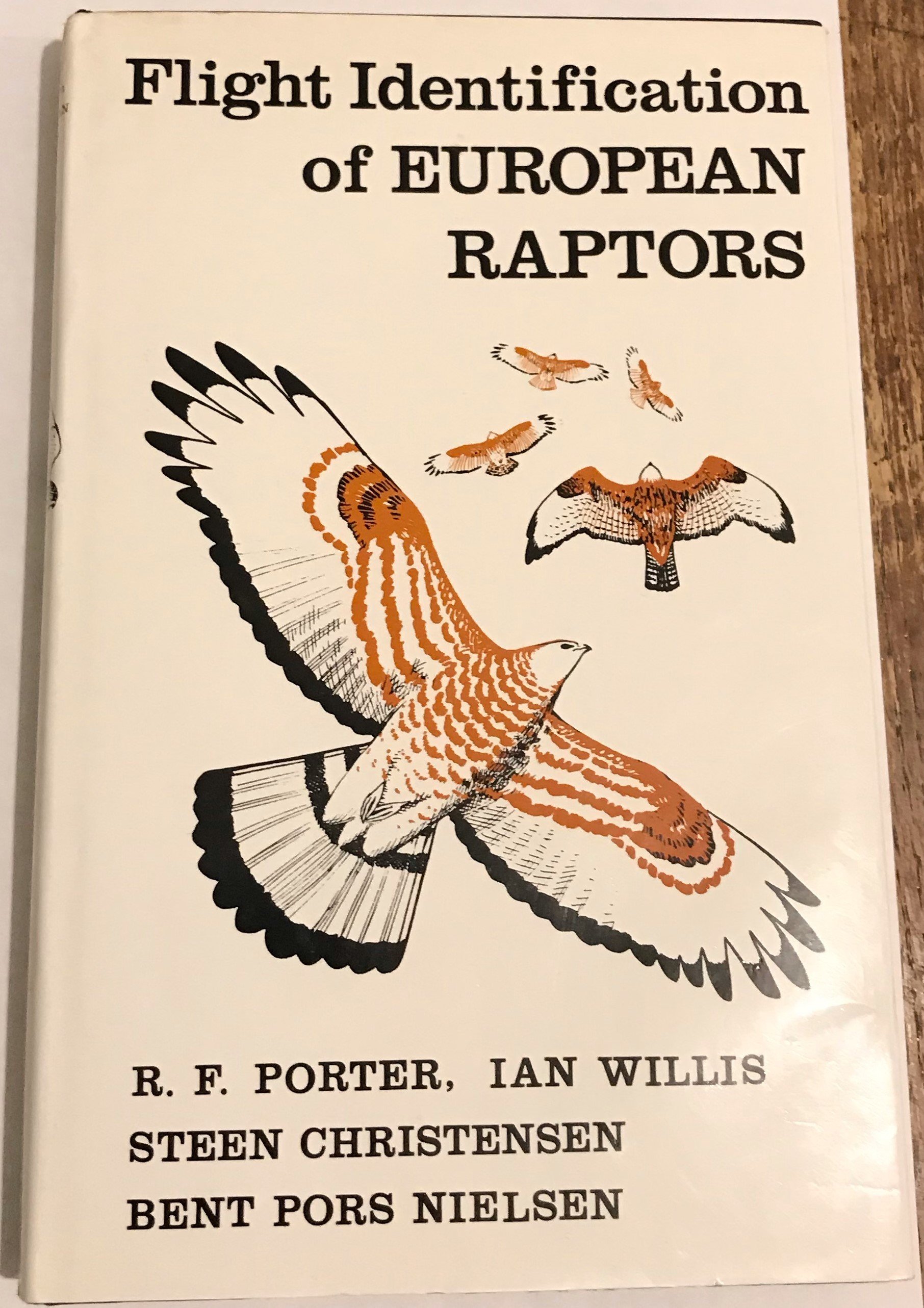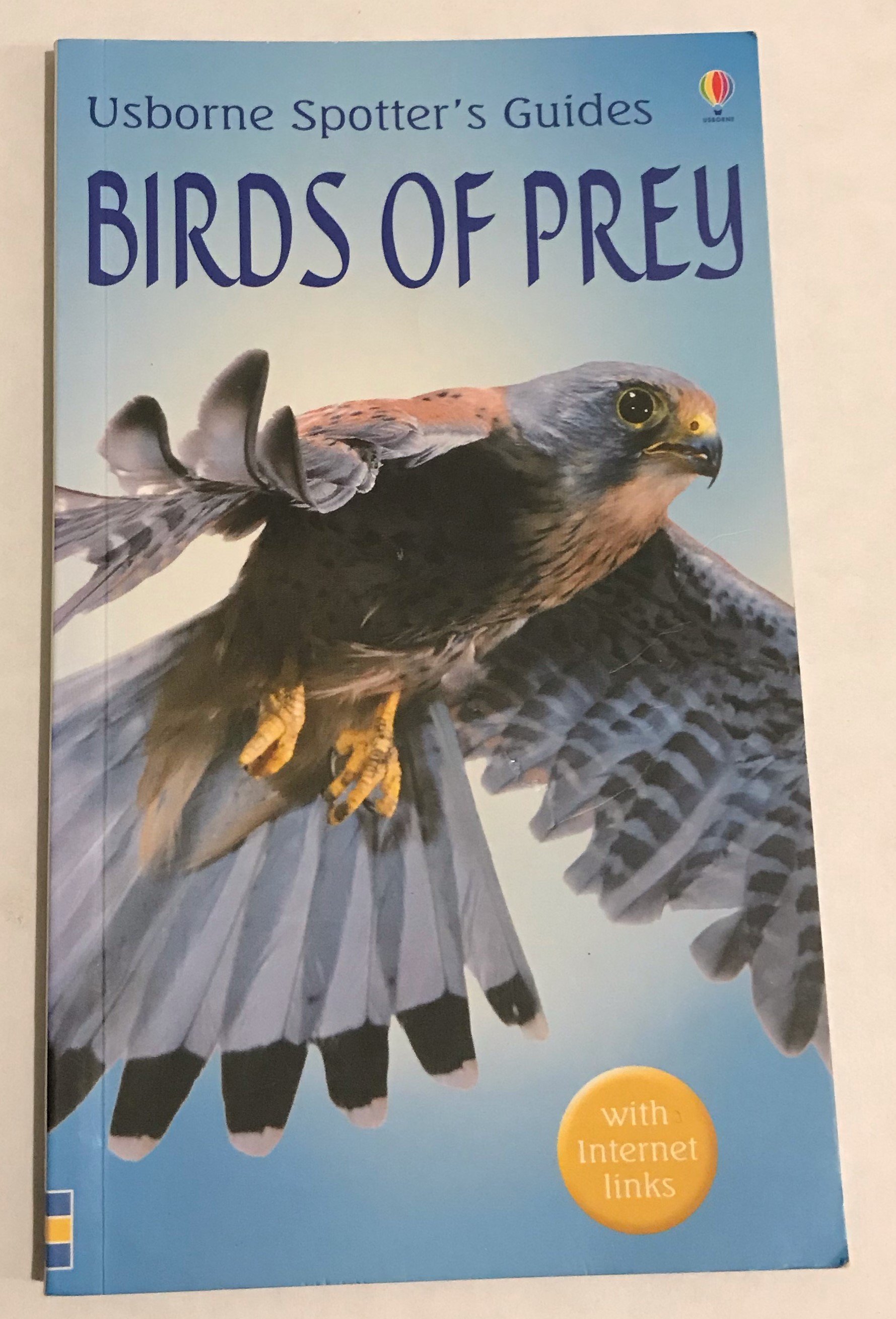Product Information For this third edition the typematter has been reset throughout to accommodate the many revisions and additions to the text. The identification drawings, too, have been reviewed and lan Willis has amended or redrawn elements of most of the Figures and has provided several additional drawings. There are 70 new photographs in the section of plates which has now been increased to 96 pages with a total of 248 photographs. The identification of the diurnal birds of prey is especially difficult. There is wide variation in plumage among some species, especially the eagles and buzzards, and in all species general outlines and wing positions are much affected by the prevailing conditions, by wind and light, and by the bird's behaviour at the time. Often, too, the birds are only sighted at long range, and the authors believe that when travelling extensively in Europe even the expert cannot hope to identify more than seventy per cent of the raptors seen. In the book, the 38 European species have been grouped into seven sections. Each section brings together those species with similar field characters between which confusion can so often, and so easily, arise. Each group has an introductory comparative text and drawings, and the species within the groups are then treated individually. The text, succinct and detailed as it is, is greatly enhanced by lan Willis's fine drawings, and there are 248 photographs especially chosen to illustrate aspects of identification. The book has a final section summarising the legal status of birds of prey in European countries. Jacket drawings are by Ian Willis
Product Identifiers PublisherBloomsbury PublishingISBN-139780856610271eBay Product ID (ePID)89423554






